
Completion: Acupuncture “Rebirthing” Techniques to Release Emotional Stagnation
“The personal is political!” This is a famous quote from the feminist Carol Hanish. I recall hearing this when I was a college student at Brandeis University: in my Women’s Studies course! I was struck by its power, as I know many others have been. But more than its power, I was moved by its empowerment! It encouraged us to bring ourselves into the world. That our own personal struggles and triumphs could impact the world. Who we are is the point. And the power.
Many years later as a healer I’m still struck by this quote. In the work I do, the personal is often what we have to honor in order to heal. Chinese medicine is unique in that it emphasizes the importance of treating the entire person (not just the symptom or particular body part), no matter what the ailment: physical, mental, emotional, spiritual.
As a healer I consider it very important that I also work on my own healing. I visit an acupuncturist myself: a mentor of mine I affectionately call the “Dragon” (yes, she is that powerful!). But I also like to visit healers who work in different modalities than my own. In the past few years I’ve done much work with indigenous healers in South America (in addition to those within my own Chinese medical tradition): Shamans, Curanderos, Brujos. And also with plant medicines. Working with other healers helps me gain deeper insight into my own healing art. I like to think of myself as a type of “anthropologist of healing,” especially “alternative” and “ancient” approaches.
During a recent trip to Madrid I visited a healer for a “Rebirthing” session. The technique is a type of mindful breathing practice, much like guided meditation. The therapist contextualized the session as a way to both gain insight into as well as correct the way I lived my life. “The way you breathe is reflective of the way you live,” she said. I resonated with this belief, and reached profound catharsis with the practice.
A few weeks earlier I visited an intuitive counselor who told me I tended to have irregularities in the energetic flow of my life: stops and starts that interrupted smooth forward movement in all areas. “Hiccoughs” she called them. Her words didn’t fully make sense until I worked with the “rebirthing” and became more aware of my breath patterns.
I’ve come to realize when I’m in a state of stress or strong feeling I tend to hold my breath. It’s a form of control, a way to try and pause life for a moment, so I can catch up. I try to slam on the breaks by not breathing, creating energetic “hiccoughs” and interruption in my life. I suppose I’ve always done this.
The combination of insight from these two healers helped focus where in my life I most needed attention: my Lungs!
I recall years ago hearing the singer-songwriter Tori Amos talk about her songwriting craft. She said she’d often go to other mediums to be able to see her own art in a new way. Like “listening to race cars rev their engines” she explained. Years later I realize I do this as a healer. I feel it a very important part of my own work to visit other types of healers so I can experience various types of sessions and see deeper into what it means to be a healer.
The rebirthing therapist said she believed talk therapy can only go so far in allowing the change necessary for deep healing. “To really make a deep lasting change we need to work on the body,” she said. This is also the idea behind acupuncture. The ancient Chinese understood the importance in using the physical body as a gateway into the mind and spirit. They went so far as to identify specific “points” where various aspects of physiology, psychology and spirit illumination could be accessed and manipulated.
One of the greatest of all Chinese doctors famously said catharsis always requires a “fluid release” usually in the form of tears. Catharsis cannot just be thought-out or even talked-out, it must be experienced through physicality.
The instruction I was given by the two healers I visited was that I needed to work with my respiration. This was my lesson and my cultivation. The Lungs were key to improving my life: allowing for the change necessary to grow.
I cried during the “rebirthing session” more than I have in years. I went to Madrid in a state of depression, and returned to my life in NYC happy. The depth of this session made me recall several sessions I’d experienced in my acupuncture clinic treating patients. Every once in a while I witness a patient go through a profound cathartic healing much like what I experienced in Madrid. Through my “rebirthing” I experienced it is through the Lungs and the breath that this is able to happen.
However, acupuncture gets even more specific as to which element of the body-mind-spirit needs focus into via the Lungs.
The “Dragon” works with a school of Chinese medicine called the “Five Element” system. She uses a special acupuncture diagnostic technique that identifies via a person’s voice, odor, complexion and emotional profile which organ (or “Element”) within the body is the root of all physical, mental-emotional and spiritual imbalance. I also frequently use these techniques in my acupuncture practice.
My “Element” is that of Fire. The “Dragon” says I have a “laughing” voice, a “smoky” or “scorched” odor and a “rosy” complexion. Within her system of diagnosis, it is therefore my Heart that is responsible for my tendency to hold my breath and interrupt the forward movement of my life. The Lungs may be the manifestation, but the Heart is the root of imbalance.
In Chinese medicine, the Heart (and the “Fire” Element) is responsible for “governing” and managing the blood. While the Stomach and Spleen are said to produce the blood and the Liver is that which “stores” the blood, the Heart and its assistant the Pericardium are that which circulate the blood. The Heart is said to control peripheral circulation, while the Pericardium is responsible for internal circulation. Circulation is a physical process, but Chinese medicine sees the blood also as the medium which carries the “Spirit” throughout the body. The circulation of blood is supported by respiration. The Lungs are that which provide the “qi” energy for the blood to move. Using the Lungs to support the Heart therefore improves physical circulation, but also the movement of Spirit energy to all parts of the body.
The Spirit is not bound by the limitations of the physical body. It is interested in experience that will allow us to grow and evolve. Spiritual wisdom is that which allows us to smoothly move through life and experience, always focused on the present moment and its gifts. When the Lung-Heart relationship is working well, a person will not become stuck in the past. They will not regret, but rejoice in all experience and its lessons. They will be animated, ethusiastic and present.
The Element (or organ) that tends to be a person’s weak point will take the “hit” of any type of stress or trauma and subsequently impact the other organs, often passing its stress or pathology onto organs and systems that are stronger and better able to maintain the stress or problem. Within a particular style of Chinese medicine, the Nan Jing school of thinking (in which the “Five Element” system is arguably based), it is never enough to merely treat symptoms as they appear. A good healer will also identify where the problem is emanating from and treat that as well. They often go so far as to employ what another teacher of mine called “Family Therapy,” treating all the organs (and Elements) around the imbalanced organ. This strategy boosts the affected organ system in much the same way a support group does to a struggling person.
According to the “Dragon,” a “Fire” person will be interested in learning new things and benefit from many different types of experiences, yet may sometimes fall into a state of depression if the “Fire” burns out, or into a stuck state if the blood becomes stagnant. The quality of the Fire is often predicated on the amount of balancing support it is getting from the Kidneys (Water Element) and supportive movement from the Lungs (Metal Element). When the Fire falls out of balance, symptoms will often manifest in the systems of the Kidneys and Lungs.
Thematically the “Fire” Element and the organs of the Heart and Pericardium deal with a person’s enthusiasm, animation and spirit illumination. When the Pericardium has become damaged this often relates to a history of trauma that causes sensitivity and a tendency to become “dispirited” by the insults and disappointments of life. The protective shield to the Heart becomes either tattered or impenetrable like armor.
Naturally there is a dual nature to every Elemental profile. There is the tendency for challenge and pathology: the problematic nature. Yet there is also the power, talent and brilliance of the Element. The Fire personality has a charismatic ability to manifest, like a magnet. They can burn very bright, yet can also have a tendency to burn themselves out. If the Heart is open, they can be very compassionate and loving, yet also feel things too deeply. When traumatized, the Heart Protector (Pericardium) can exert an overwhelming effect causing the Heart to “close.”
The Pericardium is special. It is not a standard organ, but more of a systemic process relating to the entirety of the circulatory system. It is also an intermediary connection between the Heart (the residence of the spirit emanation: the Shen) and the Kidneys (the residence of the essential self: the Jing).
An astrologer I’ve been working with revealed an aspect to my astrological chart that I’d never been told before. I have “Pluto in my First House” she told me, which is rare and can be, as she put it: “intense.” Somehow I was prepared for this information. For two years prior to this revelation I’ve been working Shamans in the Ecuadorian Amazon via Ayahuasca plant medicine. My experience of working with Ayahuasca was going into my “shadow” self to work with the hidden, repressed or challenging aspects of myself. I liked to describe it as being led into “a nightmare” or “the underworld,” but with a guide so as to reclaim a lost aspect of my personal power.
The “Pluto” aspect of the self is associated with “the underworld” or the unconscious. I learned that astrologically I was destined to be such an explorer. I often think this is what makes me suited to be a healer. In Chinese medicine, it is through the Pericardium, through our “traumas” that we find passage into the mysterious hidden self: the realm of the Kidneys.
It is within the Kidneys that we also unlock our potential. They act as the reservoir for the deepest internal healing energy we possess, as well as the key to understanding and fully accepting ourselves. Yet often with healing energy comes “Shadow” material that must be released. This also is a way to “reclaim” latent power. A detox (or catharsis) can be empowered with this capacity.
To me, being a healer is a life devoted to understanding the self. My power and effect as a healer is rooted in my devotion to understand, heal and spiritually cultivate myself. Through my own healing, illumination and understanding I am able to share with the patients I treat.
The personal is the work. It is our fuel, and the way into wisdom: how to help and understand ourselves and others.
I recall years ago working with a woman who had a very strong cathartic experience during her first acupuncture session with me. Much like the experience I had with the “rebirthing” in Spain.
The patient described a history of disappointment, heartbreak, difficulty letting go and moving on. I chose to use the acupuncture channel Yin Wei Mai (the Internal Linking Vessel) to help open her heart.
The deep reservoir-like vessel Yin Wei Mai “opens” through the point Pericardium-6 on the wrist. The name of this point is the “inner gate” (PC-6). It is a point that harmonizes digestion, calms the mind and clears agitation. It is a point that strongly reaches into the heart, into areas we may be holding onto, unable to “harmonize” and move through.
The anchoring point on Yin Wei Mai is located on the lower leg. The point Kidney-9 is called the “Guest House” (KI-9), making reference to our ability to be a witness within our own lives. We only stay in the stages of our lives as a guest, just passing through. We often become unwell when we get stuck, unable to pass through. Instead of remaining a guest, we move in.
The emphasis of Yin Wei Mai is connecting us to the insight that we are “spirits” contained within a physical body. When we can separate from such strong identification with our physicality and our lives, we can gain insight into them. We also begin to loosen the attachments that can entrap us.
This “levitation” process often occurs within meditation: we will experience ourselves “floating,” allowing us to watch ourselves and observe our lives in a way that is free from attachment and judgement.
Yin Wei Mai also connects with several Spleen acupuncture points on the abdomen, which have a special effect in transforming difficult emotions, experiences and thoughts. It is the role of the Spleen in Chinese medicine to “transform and transport” food, drink, thoughts and experiences so they can be used for nutrition.
The points “Abdominal Lament” (SP-16) and “Abdominal Knot” (SP-14) treat both chronic digestive and respiratory issues, as well as regret, disappointment, resentment and obsessions.
The point “Door of the Blueprint” (SP-12) helps us work through guilt and feelings of victimization by putting experiences in a context that relates to our “destiny” and life’s work. We may not always be able to properly contextualize the events of our lives due to our attachments and heartaches. Yin Wei Mai is able to help us move to a higher state of consciousness so we can work through these blockages.
Yin Wei Mai travels into the chest, to the point “Completion Gate” (LR-14): a point that helps a person to release “phlegm” (chronic unresolved issues) that they’ve been hesitant about letting go. LR-14 treats a condition known as “Shao Yang,” which is described as alternating symptoms, showing a person never fully allowing themselves to let go of something. They get close to moving on, then decide to remain stuck. This alternates back and forth, sometimes for years.
Movement from “Completion Gate” into the throat, to the point “Celestial Chimney” (CV-22) is that which allows the stuck material within Yin Wei Mai to release as catharsis. CV-22 is known as a “window to the sky” point which “opens” the perceptive portals of the head. The throat is the way in which we can let go through sound and words. Ideally our catharsis allows us to explain to ourselves in a different (more empowering) way what has happened in the past so we can fully move on. But also think of a baby and the many sounds they make, especially when they cry. I certainly made many sounds during my “rebirthing,” as did my patient when she was releasing.
Using Yin Wei Mai led the patient into a release that she described as “very deep” and “very cleansing.” She cried for quite awhile, feeling “renewed” afterwards. She described the session as freeing her from feelings of being victimized, damaged and resentful. She said she felt “reborn” afterwards.
While Yin Wei Mai doesn’t strongly utilize the Lungs to achieve its release, it does “open the Heart (via the Pericardium)”, supports the root of the body-mind and spirit via the Kidneys, transforms stagnant thought and experience via the Spleen and gives a push to complete life lessons so as to move onto a new stage in ones life via the Liver.
Chinese medicine groups the Liver with the Lungs as the two organ systems that regulate the movement of instinctual (Wei) energy. The Lungs deal more with external energy while the Liver with internal energy. Both of which are reactive energies, as opposed to the interactive or more nourishing (Ying) energies of the Spleen and Heart.
It is often said in Chinese herbal medicine that if the Lungs are not able to move a stagnation, the Liver can be utilized. This is also true when the Spleen fails to transform and transport. The Liver will become “belligerent” and purge the stagnation. The intuitive I visited described “spirit” as acting in much the same way. She said we are often given several opportunities to let go of what is toxic or unsuited for us. But if we refuse to do so, the “universe” will step in and take it from us. Yet the “universe” she says isn’t interested in being gentle. Like the Liver it can cause a purging which can be uncomfortable, especially if we are people who like to hold onto things.
The Liver’s acupuncture channel makes several references to this capacity to purge stagnation. The point LR-13 on the lower ribs is called the “Camporwood Gate” making reference to the type of wood traditionally used to make coffins. This point gives us a choice: we can either preserve that which has died or we can take it out of the coffin and let it decay and disappear. Further down the channel, on the lower leg, the point LR-5 is called the “Insect Ditch,” making reference to parasitic elements in our lives that steal our energy. At the bottom of the Liver channel is the point “the Big Pile,” which is seen as the “master point” of the channel, creating the image of burning a great pile of dead, decaying material for renewal.
The Liver channel and “Wood” Element from which it is derived, is thematically focused on renewal. The point LR-14 on Yin Wei Mai acts like a death process where we can decide if we want the next stage of our lives to continue with the same themes and lessons, or if we are ready to graduate and move onto something new. With the push of the other points along Yin Wei Mai, into LR-14 and finally to CV-22 at the throat, we encourage the person to reach catharsis and release, as did my patient.



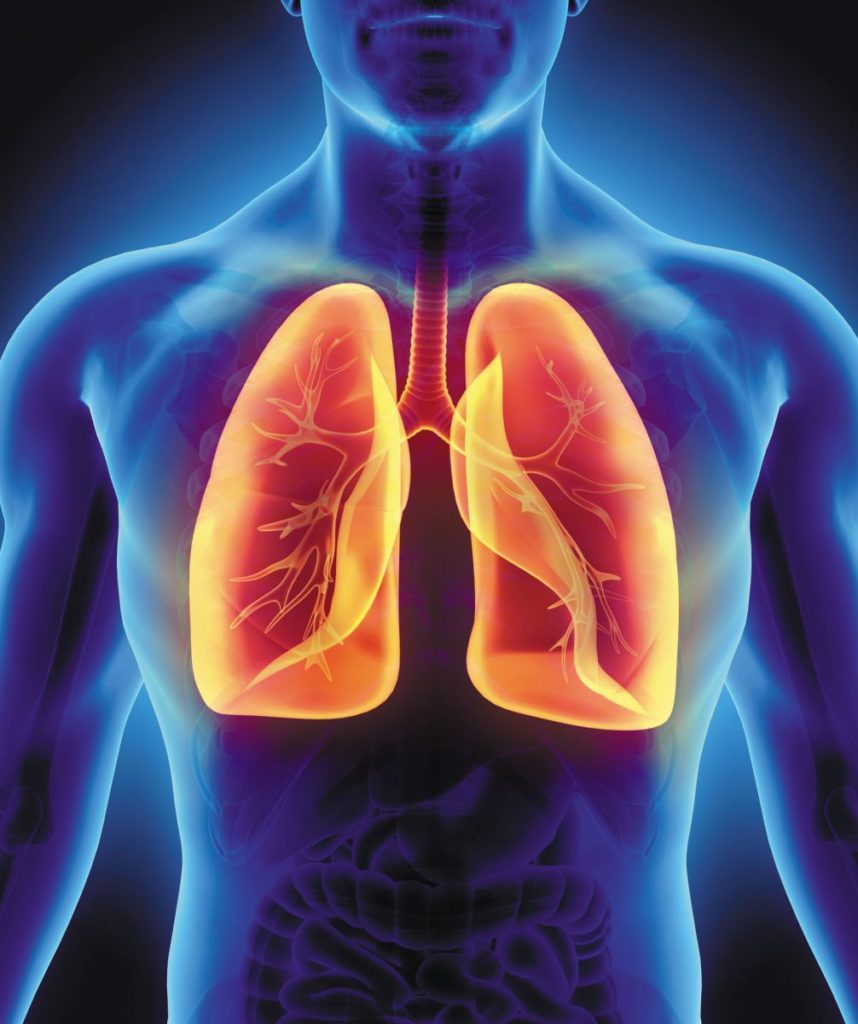
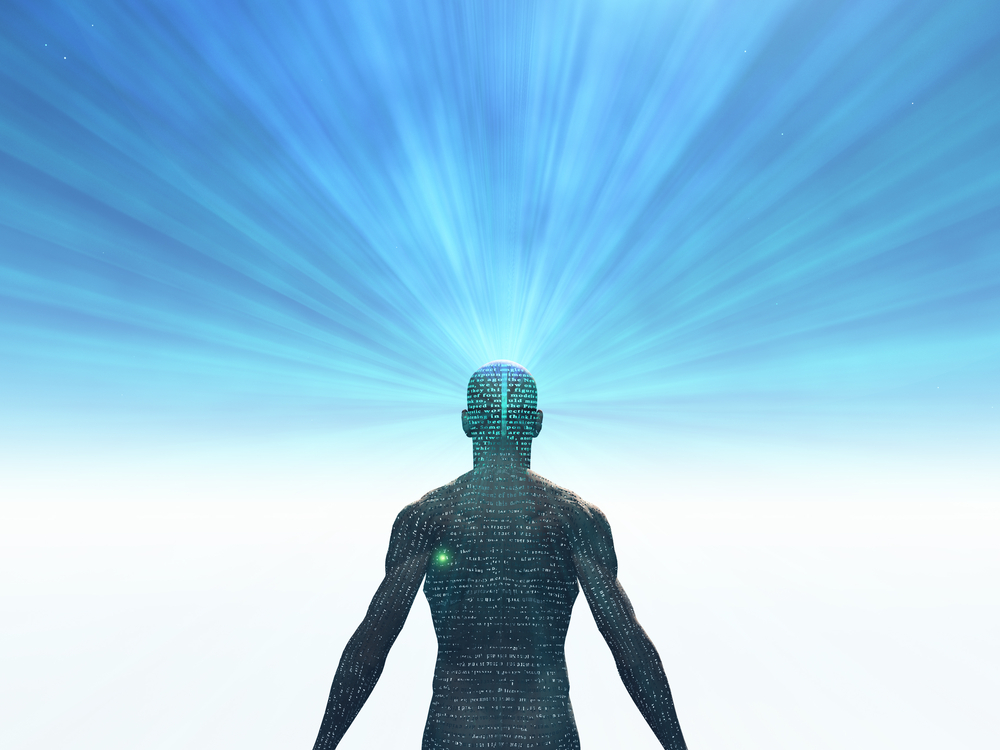
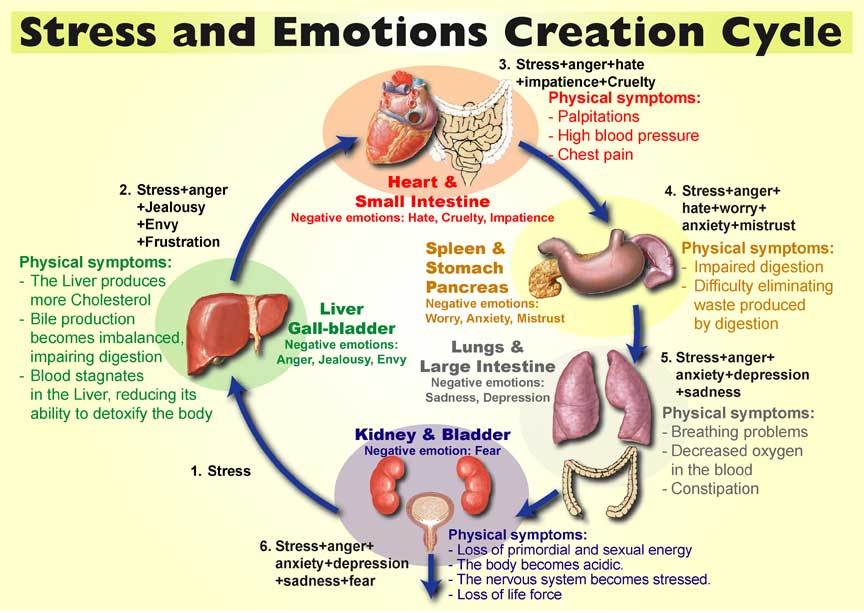

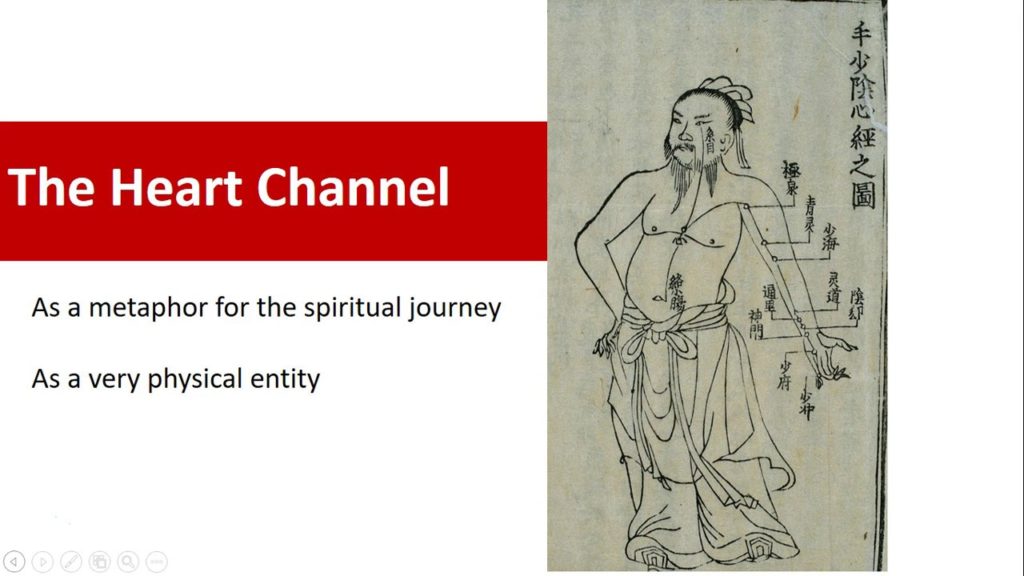
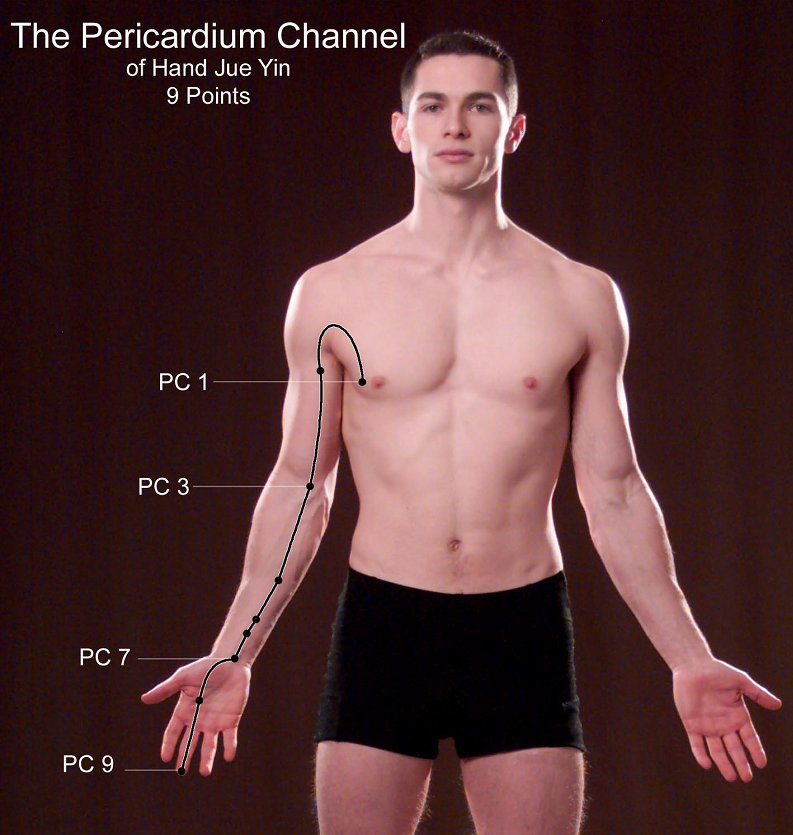


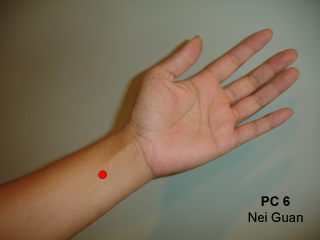





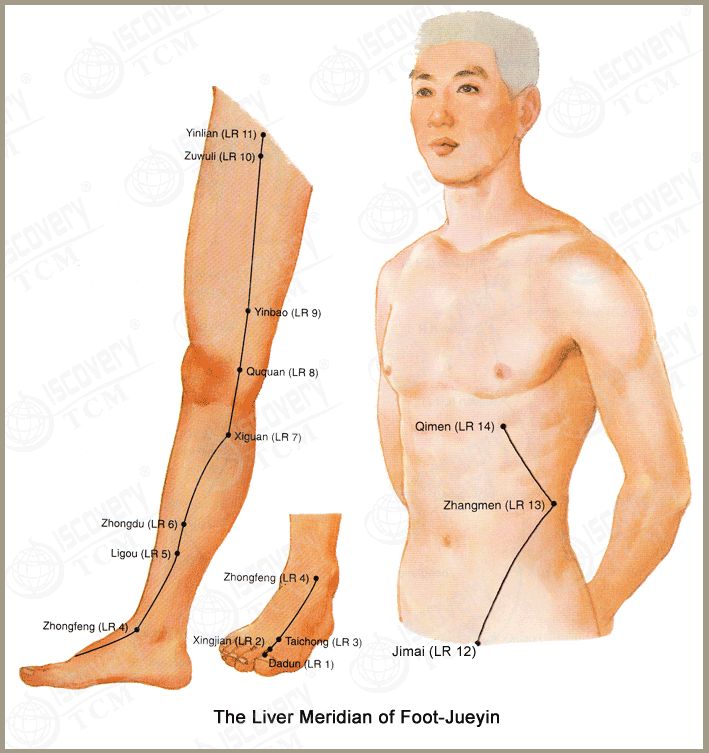


No Comments